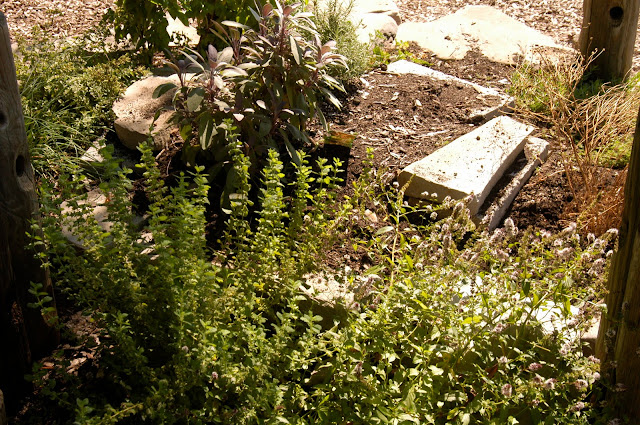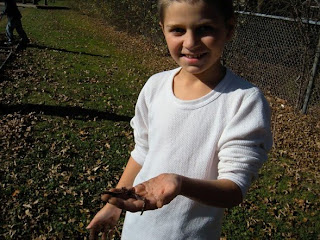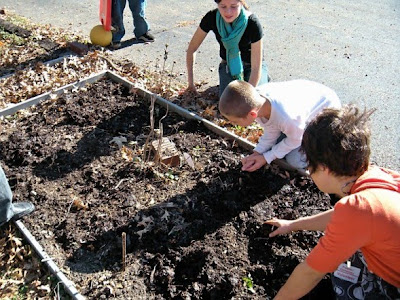herb spiral day
in may:
and now.. in august!
in may we built an herb spiral out of sandstone, compost and leaf mulch. we used an old taken apart sidewalk and planted a whole bunch of medicinal and culinary herbs.
The Herb Spiral offers a variety of niche's for the herbs, at the top in the middle is the dryest soil suitable for Rosemary, getting wetter as the water drains down towards the bottom. Some of the spiral might be shaded by neighbouring bushes, or if something big like bay-leaf is planted, then it will give shade. Take up the niches between the rocks with small herb ground covers like Pennyroyal. Rampant herbs like Basil in the sub-tropics, are better planted outside the spiral. While the herbs are growing to full size, some of the space between them can be taken with small annuals like Rocket.
Construction: Choose a site close to the kitchen entrance, herbs are best when freshly picked during cooking. The site should get sun, although its fine if part is shaded. This should not be a spot where water pools. Lay out the cardboard in the spiral, this will stop weeds growing up around the rocks, you don't need it in the areas where you will be piling soil.. Arrange the rocks on the cardboard, traditionally the spiral goes in the same direction as water goes down the plug, i.e.clockwise,  in the northern hemisphere and anti-clockwise
in the northern hemisphere and anti-clockwise  in the southern. The end of the spiral can be blocked with a rock, or you can construct a small pond there, for example a tyre-pond, with a tap over it. As you wind the spiral, you can fill the middle (see the diagram), the small rocks, gravel and coarse sand both ensure drainage and hold heat in the soil. In dryer climates some people just fill with soil and top with compost. When filling with compost pile it high above the rocks, and then wash it down with a hose.
in the southern. The end of the spiral can be blocked with a rock, or you can construct a small pond there, for example a tyre-pond, with a tap over it. As you wind the spiral, you can fill the middle (see the diagram), the small rocks, gravel and coarse sand both ensure drainage and hold heat in the soil. In dryer climates some people just fill with soil and top with compost. When filling with compost pile it high above the rocks, and then wash it down with a hose.






















